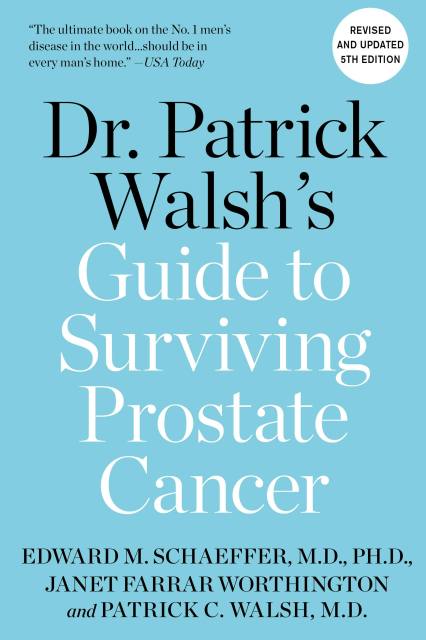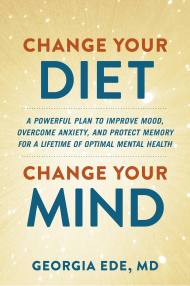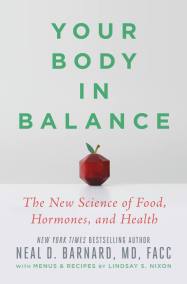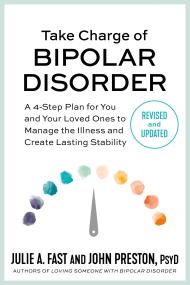Promotion
Use code MOM24 for 20% off site wide + free shipping over $45
Dr. Patrick Walsh's Guide to Surviving Prostate Cancer
Contributors
By Janet Farrar Worthington
By Edward M Schaeffer, MD, PhD
Formats and Prices
Price
$21.99Price
$28.99 CADFormat
Format:
- Trade Paperback (Revised) $21.99 $28.99 CAD
- ebook (Revised) $11.99 $15.99 CAD
- ebook $14.99 $18.99 CAD
- Audiobook Download (Unabridged)
- Trade Paperback $21.99 $28.99 CAD
This item is a preorder. Your payment method will be charged immediately, and the product is expected to ship on or around October 3, 2023. This date is subject to change due to shipping delays beyond our control.
Also available from:
This revised guide covers every aspect of prostate cancer: everything from potential causes, diets, and diagnostic tests to curative treatment and innovative means of controlling advanced stages of cancer.
As of 2022, an estimated 268,490 American men will be diagnosed with prostate cancer. A high percentage of those will relapse. But the good news is that more men are being cured of this disease than ever before.In a new and completely revised 5th edition, this lifesaving guide offers a message of hope to every man facing this illness, and the people who love them. Prostate cancer is a different disease in every man—which means that the right treatment varies for each person. Public awareness for this disease has transformed treatment and opened up new avenues of research; rapid advances in knowledge are being translated in new recommendations for management. In this book, Dr. Walsh et. al. will address such issues as:
- The genes involved in prostate cancer, genetic tests, and who should get them.
- The powerful effect of lifestyle changes to reduce pro-inflammatory and pro-insulin resistance environments, such as alcohol intake, physical activity, and BMI.
- What high-risk men (particularly African American men) need to know, and when to start screening.
- Information and support for the LGBT community, transgender individuals, and people with prostates.
- New information on testing and imaging.
- Your post-treatment life; how to stay healthy after treatment and manage the side effects of medication, and also how to support caregivers.
- Advice and support for coping with your diagnosis and learning how to live life beyond prostate cancer
Genre:
-
"The ultimate book on the No. 1 men's disease in the world...should be in every man's home." --USA Today
-
"Dr. Walsh is widely regarded as the nation's finest prostate surgeon...Very current...thoroughgoing primer on the disease, full of accessible but detailed explanations." --Washington Post
-
"Comforting, encouraging...a must-read for women, men, and families...tells you everything you need to know." --Elizabeth Dole
- On Sale
- Oct 3, 2023
- Page Count
- 480 pages
- Publisher
- Balance
- ISBN-13
- 9781538726860
Newsletter Signup
By clicking ‘Sign Up,’ I acknowledge that I have read and agree to Hachette Book Group’s Privacy Policy and Terms of Use







